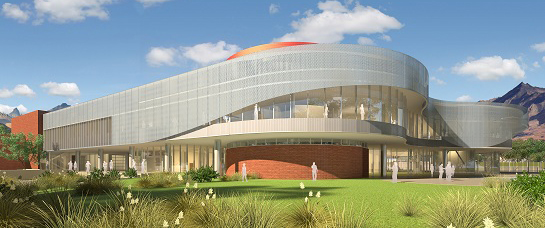University of California, Riverside Student Recreation Center |
Riverside, CA |
| Daniel MacRitchie | Lighting/ Electrical Option |

|
 |
|
||||||||||||
|
Daniel MacRitchie is in his fifth and final year of the Architectural Engineering program at Penn State. In May, 2013 he will graduate with an integrated bachelor/master degree in architectural engineering with a focus in lighting and electrical design.
|
|||||||||||
| Note: While great efforts have been taken to provide accurate and complete information on the pages of CPEP, please be aware that the information contained herewith is considered a work-in-progress for this thesis project. Modifications and changes related to the original building designs and construction methodologies for this senior thesis project are solely the interpretation of Dan MacRitchie. Changes and discrepancies in no way imply that the original design contained errors or was flawed. Differing assumptions, code references, requirements, and methodologies have been incorporated into this thesis project; therefore, investigation results may vary from the original design. | |||||
| This page was last updated 09/06/2012, by Dan MacRitchie and is hosted by the AE Department ©2012 |